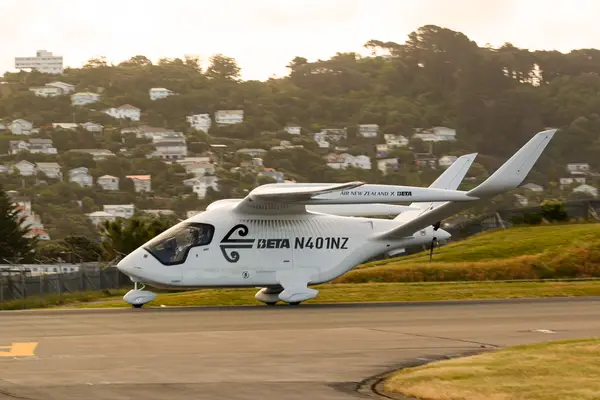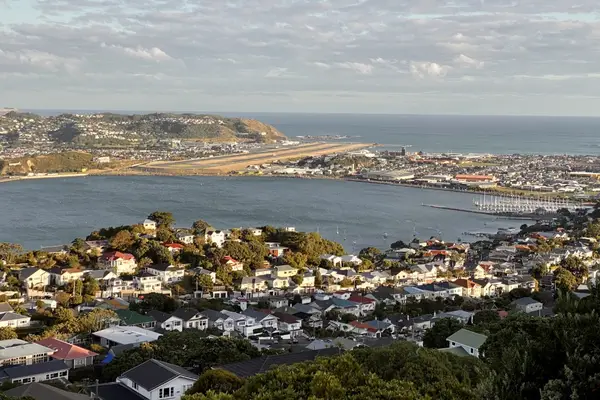Wellington Airport’s apron taxiway Bravo to be reconstructed

Wellington Airport’s apron taxiway is to undergo major reconstruction for the first time since the airport was originally opened in 1959. This will have major benefits for operational safety, resilience, airfield lighting and stormwater.
The apron taxiway, the paved area between the runway and airport terminal, has reached the end of its design life and must be resurfaced to ensure the ongoing safety and efficiency of aircraft operations.
Wellington Airport General Manager of Infrastructure John Howarth said the reconstruction works will generate some noise, but the location and construction methodology allows the majority of works to occur during the day.
“When the apron was first built in 1959, aircraft were much smaller and lighter. Over the years we have resurfaced the area and carried out maintenance as required, but we now need to do a complete reconstruction for resilience and to meet future capacity requirements.”
The project is expected to take approximately 18 months, with full site works starting this week.
“For operational reasons, some work must happen at night and where this is the case, we will ensure our project teams and contractors are taking all steps possible to minimise disruption to our surrounding residents. This includes using the most efficient equipment and noise screens to shield machinery during operation, and regularly communicating with site crews to avoid unnecessary noise during the works.”
Howarth said a pugmill was established on site during December to manufacture the cement-treated base course required for the works.
The pugmill is on the Western Apron, north of the Airport Retail Park and will only operate during daylight working hours.
“By having the pugmill on site, we can complete the work more efficiently and to a higher quality standard. It will also enable us to reduce the number of trucks coming to and from the site to deliver materials needed for the works.”
In addition to replacing the existing taxiway, Howarth said the airport is also carrying out additional improvements, including installing a new airfield ground lighting system and a new stormwater system to enable the airport to better manage and treat stormwater runoff from the airport into the nearby stormwater network.
Wellington Airport has partnered with Fulton Hogan and GHD to deliver the works. Fulton Hogan recently completed major runway resurfacing works at Wellington Airport and GHD oversaw the installation of state of the art runway sensors to enable pilots to more accurately calculate an aircraft’s landing or take off performance. Both projects were completed with no disruption to airline schedules and limited disruptions to surrounding residents.
Wellington Airport has engaged the Air Noise Management Committee, which includes local residents, aviation industry and Wellington City Council representatives, on the construction noise management plan.




